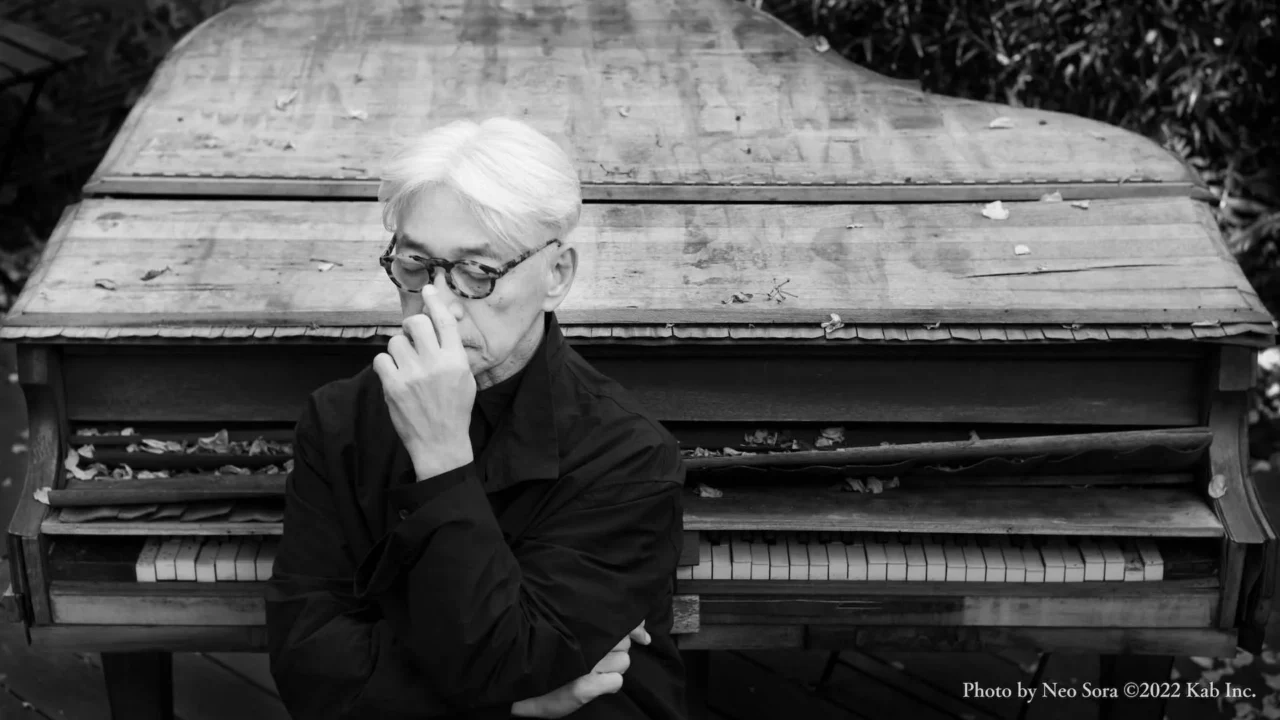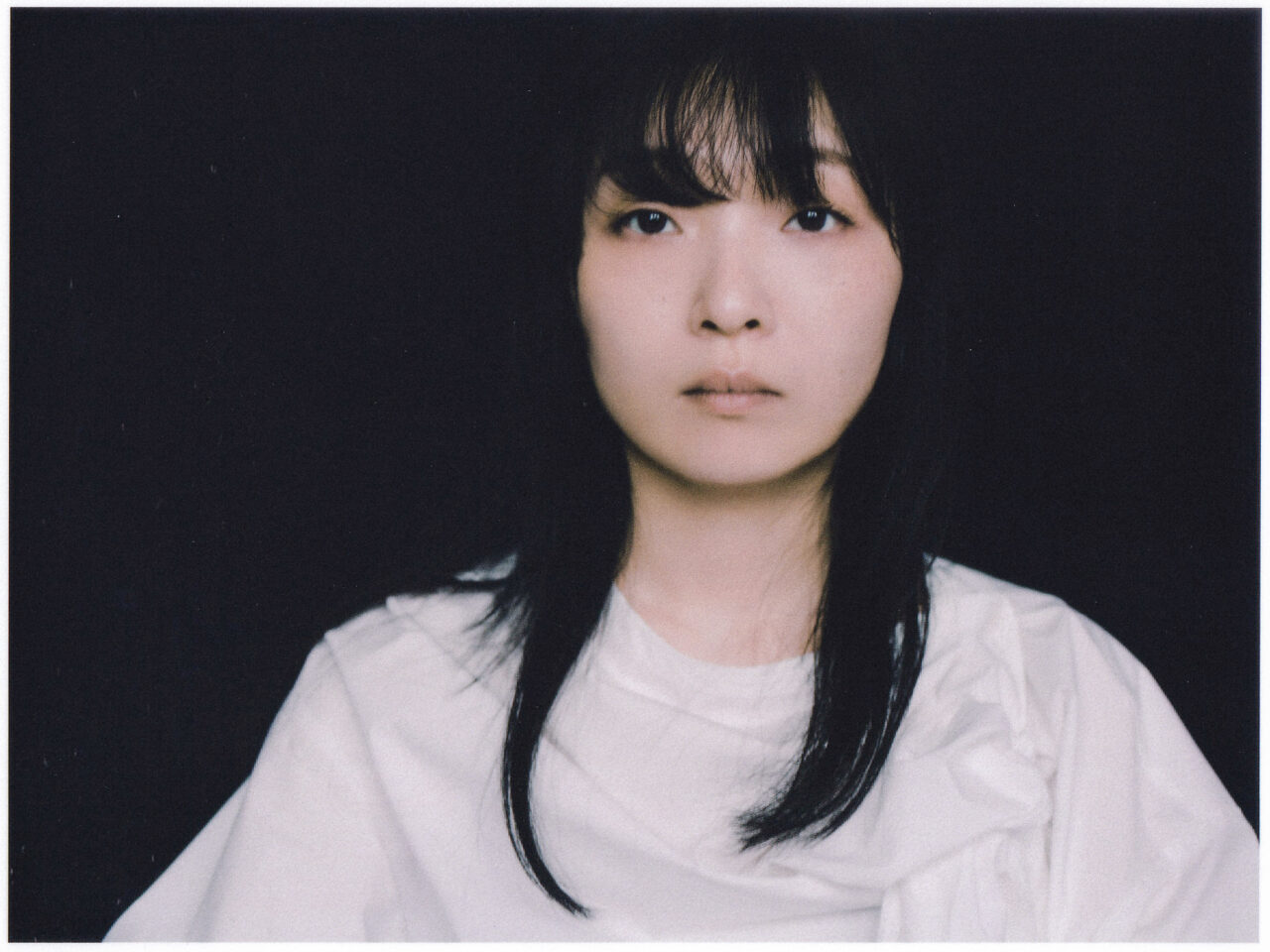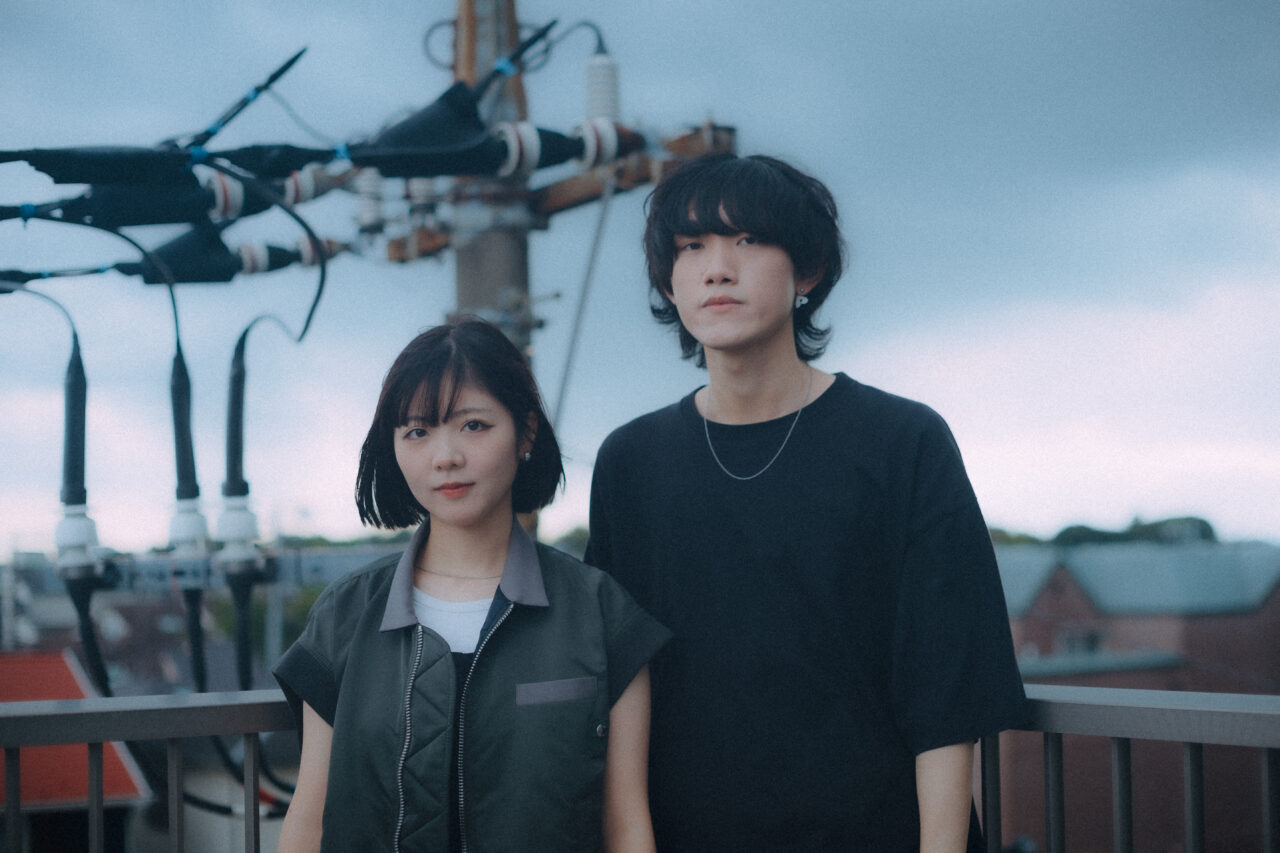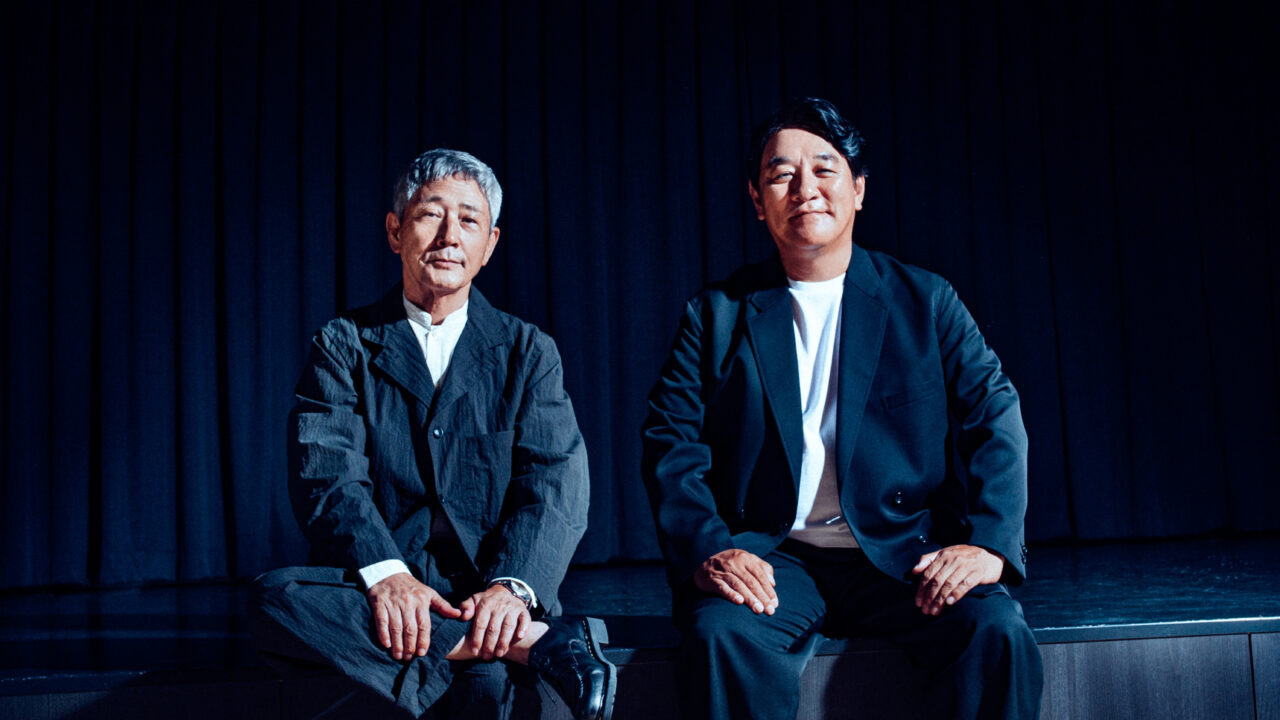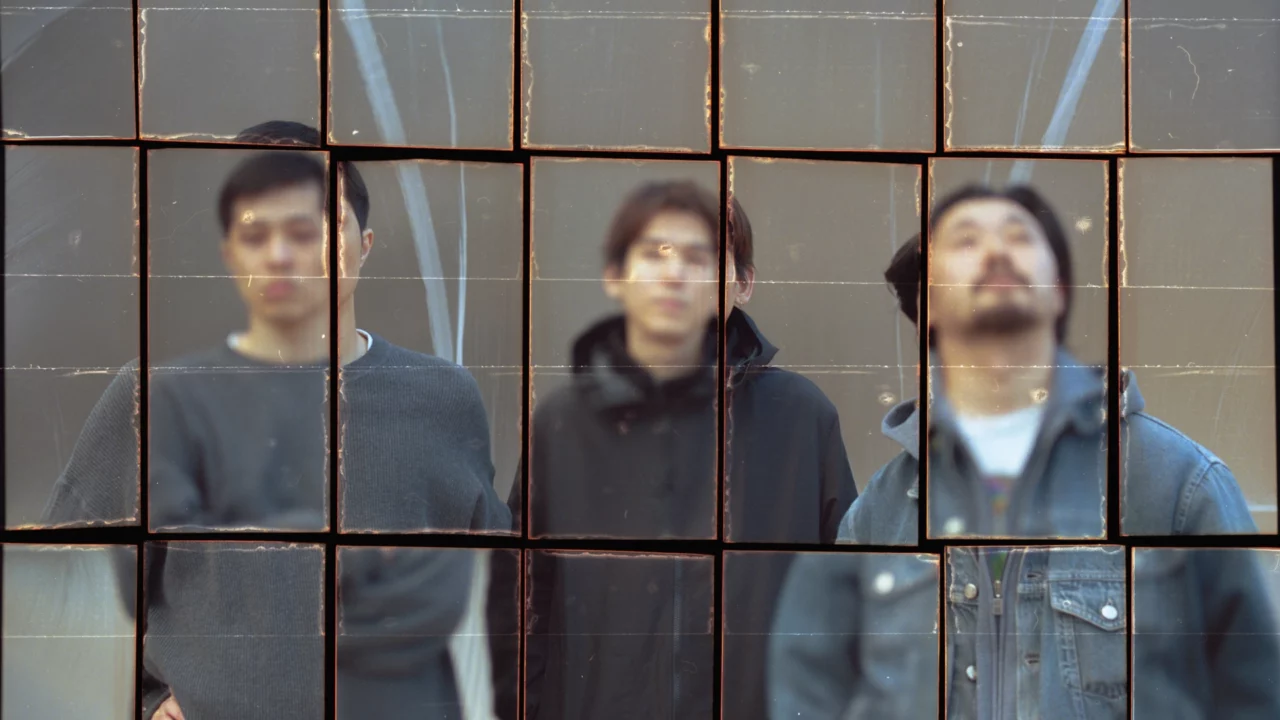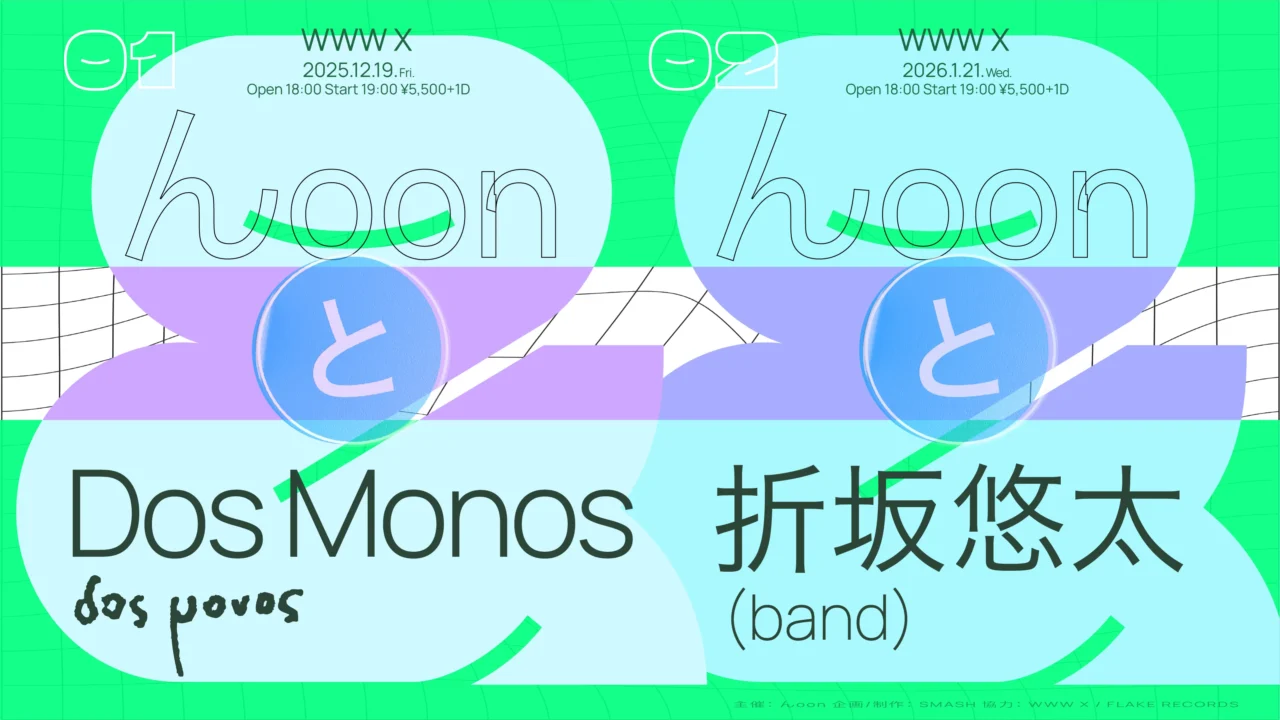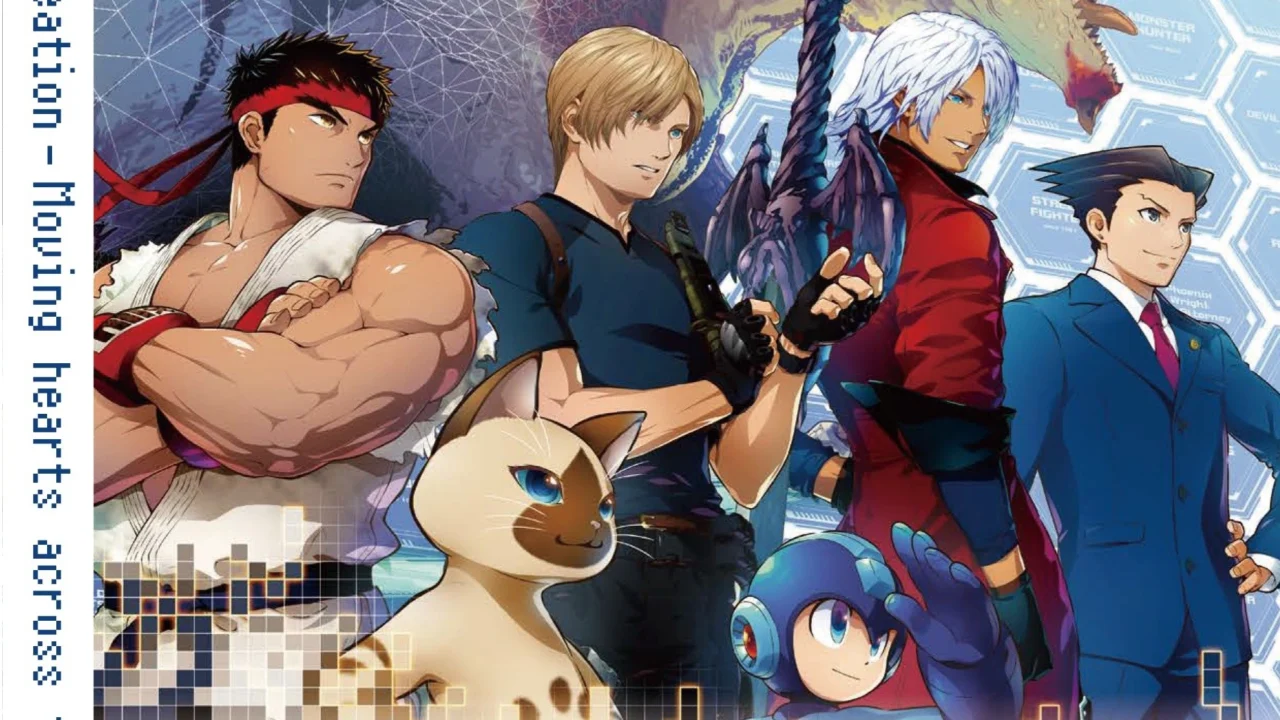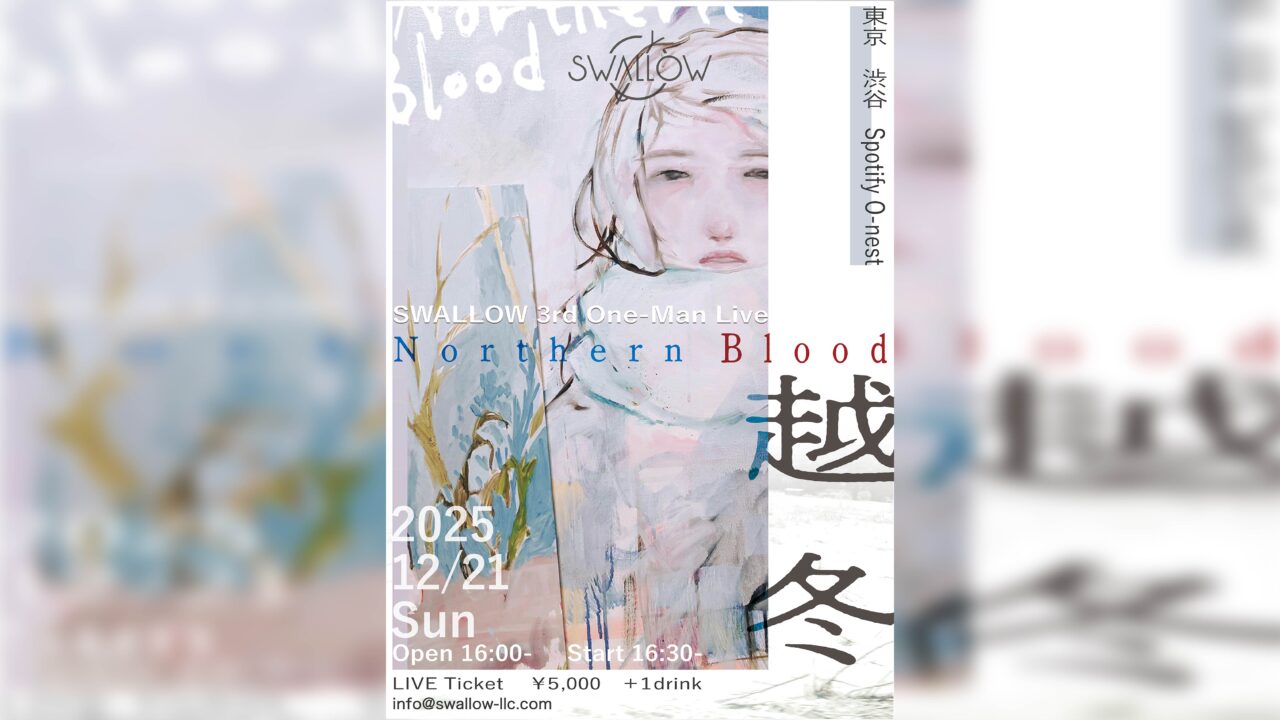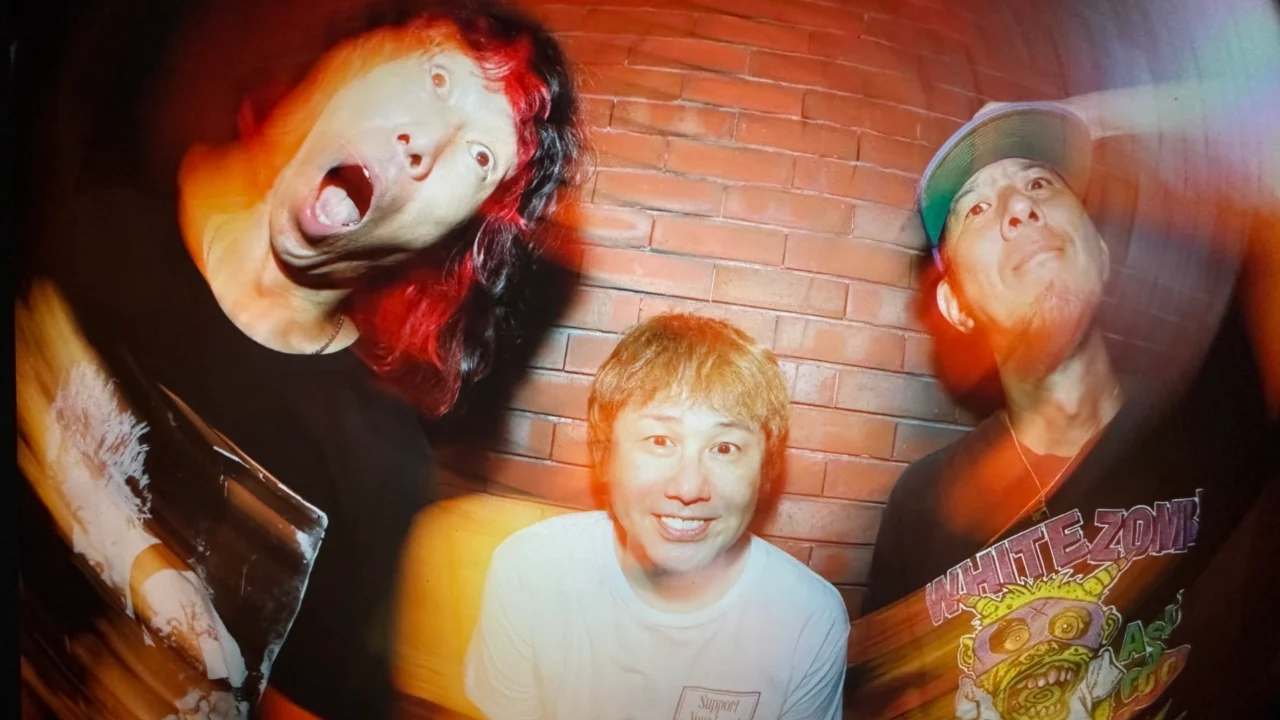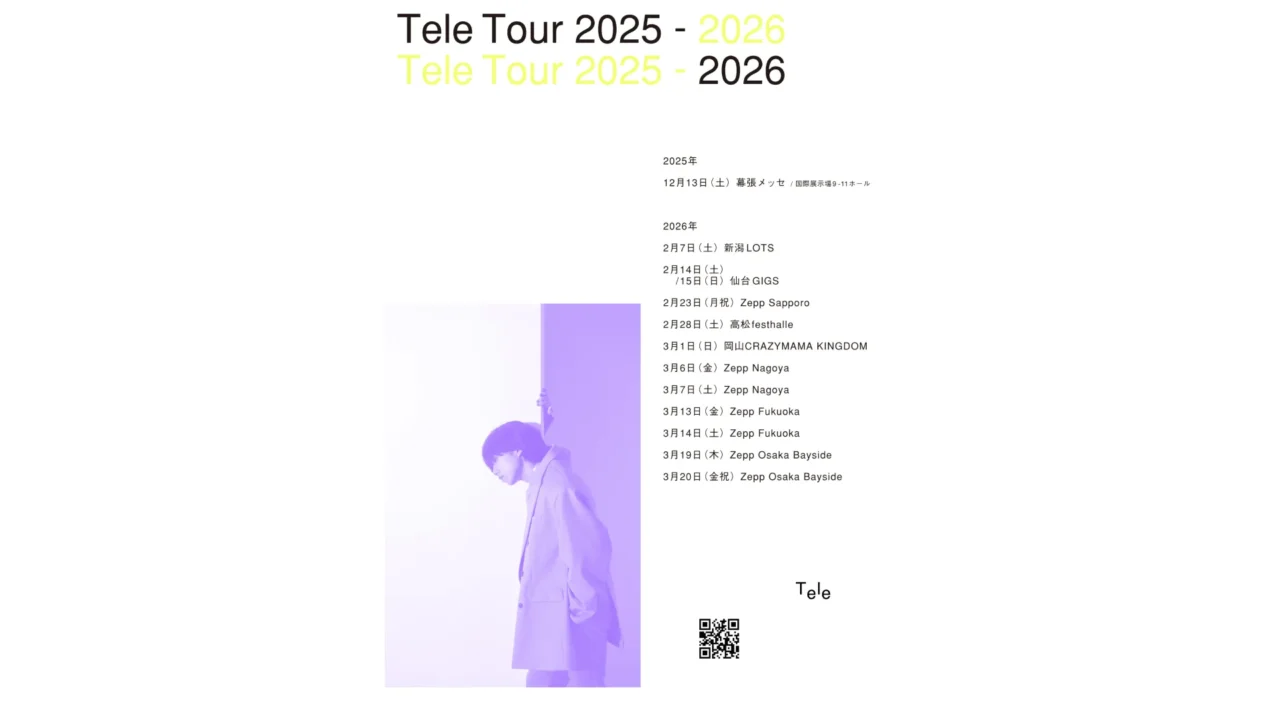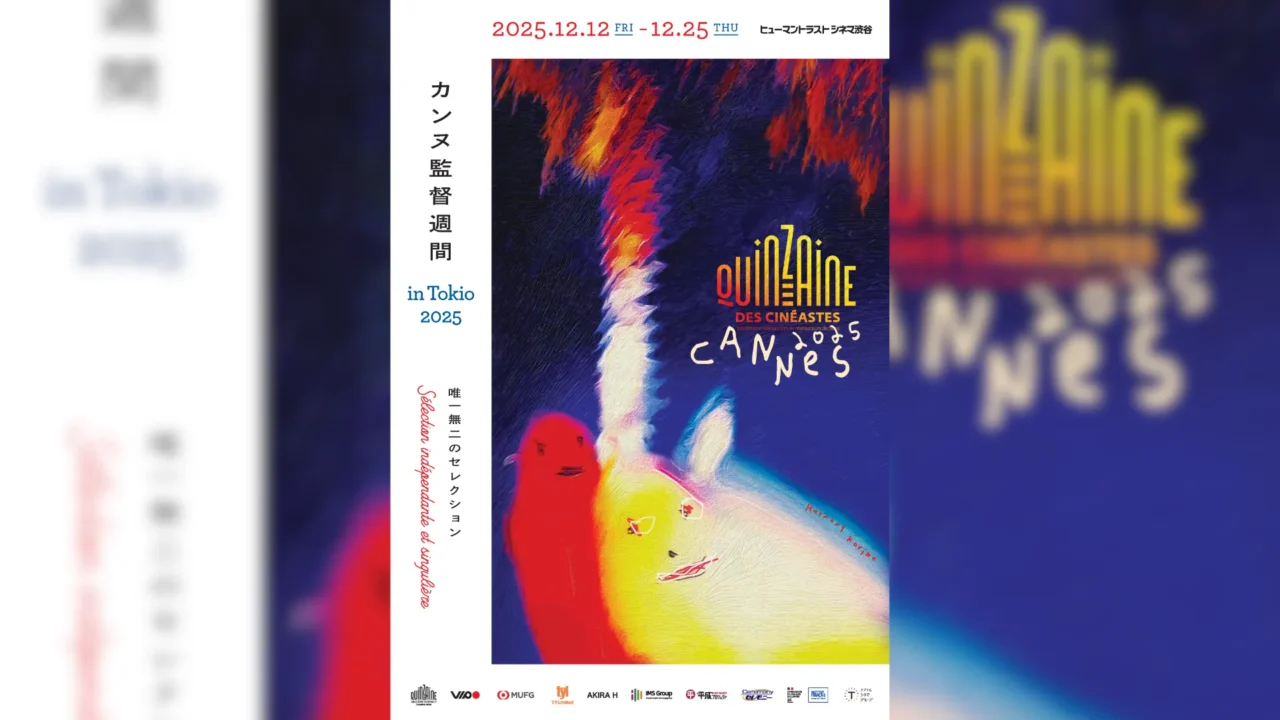INDEX
Balancing Cinematic Quality with Realism in Filmmaking
– I have the impression that you have made a lot of modifications for the movie, while also incorporating the essence of the original work. What scenes did you want to include in the script?
Imaizumi: There were scenes that I wasn’t sure whether to include or leave out. For example, in the first half of the film, there is a scene in which Kanae and Hori (the actress) have a conversation about “Have you ever wanted to die? (Have you ever wanted to die?) in the first half of the film. I wondered if two people who have only just started living together would talk about such things face-to-face. It is difficult to portray them as people who do not have a general sense of distance from others.

– That scene was impressive. It was a dramatic dialogue that I have not seen in any of the director’s previous works, and I felt it was unexpected in its depiction of a situation that is disconnected from everyday life.
Imaizumi: I knew it.
– You knew it?
Imaizumi: I don’t strictly adhere to the reality line, but I don’t usually use dialogue or descriptions that are far removed from everyday life in my films. Unusual scenes are very typical of movies, aren’t they? So I understand the temptation to do so, but I don’t want to run away from it. It will become a film that already exists.
I kept that in mind, but this time I relied on the original story and shot with care. I don’t think I would have shot the scene where Kanae sinks into the water, or the fantastical shot where she dreams about past events.

– I have the impression that the director’s work is therefore tied to my own life. But there are also many films that showcase illusions and spectacular scenes, aren’t there?
Imaizumi: There are many. However, I was conflicted about doing that for my film. I needed to find a balance that I had never found before, so when I was torn, I trusted the original work. Also, I feel that Haruomi Hosono’s music connected the everyday and extraordinary aspects of the film.
Also, I think I was able to capture the core of a human being, or rather, a number of painful and strong facial expressions that could never be captured in a superficial performance, and this was greatly helped by the performance of the acting department. At the same time, I had to pay attention to the “intensity” of the images.
– What do you mean by the “strength” of the images?
Imaizumi: I was concerned that the strength of the words and actions would be greater than in the manga because they were performed by real people. It could make certain lines sound as if they are the “correct” answers. There is a possibility that the audience will perceive the performance with an intensity beyond the creator’s imagination.
I felt this way with “Chihiro-san” as well. Before the film was screened, people who saw the trailer criticized the film, saying that it depicted a male director and a former sex worker as a person who provides services to men. They said, “How can you take a homeless man home and wash him?
Imaizumi: I wondered whether I should include the scene that was criticized. I could understand the criticism, and I felt that the depiction was problematic from the homeless person’s point of view. On the contrary, I thought that if I were a homeless person, I would definitely not like it. I would not want to be washed without permission. I thought that would be a form of assault, and I wasn’t sure whether to remove that scene or not. But Chihiro is not a normal person. She doesn’t think like me. When I imagined Chihiro’s out-of-this-world personality, I thought that the scene would help convey the character of Chihiro, so I made the decision to include it.
If I did not have such standards, I would have ended up with a film in which all the characters are what I consider to be righteous people. That is why I am careful about which point of view I should write the script from. I want to say out loud that not every line of dialogue reflects the director’s ideology (laughs).
– Back to “Undercurrent,” the original story is more conversational. Did you reduce the dialogue to highlight the “character’s inability to express his true feelings”?
Imaizumi: There is a big practical problem: putting all the dialogue in the film would be too long. I talked with Kaori Sawai, the scriptwriter, many times and made a lot of choices. In the final scene between Kanae and Satoru (Eita Nagayama), we discussed it with the actors, and we changed back some lines and added some words that were not in the original story.

– Why did you add these words?
Imaizumi: Because I thought that if I didn’t say this much, they wouldn’t understand. It was an important scene for Satoru and Kanae, so I carefully added and subtracted one line of dialogue to close the distance between them.
Eita was also very sensitive in his performance, paying attention to how much he looked into Kanae’s eyes, and I was very impressed as I looked into the camera. Maki also said during an interview leading up to the release of the film, “Eita was amazing in this scene.









